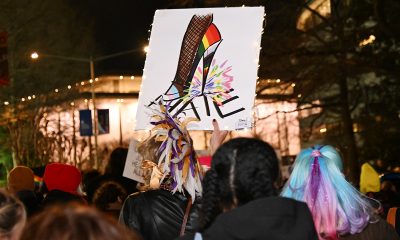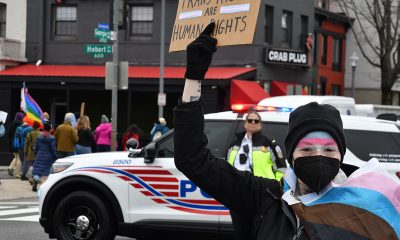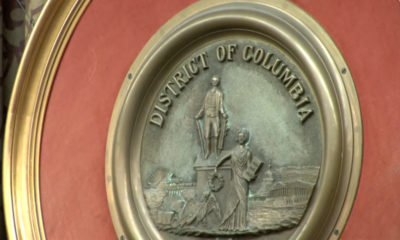Commentary
Log off, touch grass, and self care
Social media companies are in business to keep us logged on

Among the “Terminally Online,” someone who is so involved with internet culture that they have something of an obsession with it, is a phrase known as “touching grass.” To touch grass means to log off, engage with the real world, and prioritize one’s offline relationships. While this conjures up all kinds of images of young adults playing video games in a room full of dirty laundry, piled up pizza boxes, and crusty socks hanging everywhere—the truth of the matter is that all of us could do well to “touch grass.”
Since COVID-19 use of the internet and social media has skyrocketed. In fact, what COVID did was merely accelerate our ongoing migration into the digital world. The LGBTQ community has always been at the forefront of this migration due to the marginalized status we occupy in society. Despite what some may argue, only recently have public displays of affection become acceptable, and even today some of those exchanges are met with hostility and discrimination.
With the rise of social media has come increased use of social media apps, and one of the number one social networking sites—outside of big three (Facebook, X formerly known as Twitter, and Instagram)—are dating apps. Grindr specifically has ranked as one of the most downloaded apps in iTunes (#25 at time of writing) and in the Google play store. It is particularly interesting to consider how much of our lives we have entrusted to apps of all varieties—ranging from our favorite moments with our families, to our most intimate details. Sharing these kinds of moments might have seemed unfathomable to us in earlier decades, but today this has become second nature to most.
What many fail to realize, or chose not to acknowledge, is that social media companies are well aware of the destructive tendencies that their products tap into. Nearly every aspect of these platforms has been intentionally designed to increase user engagement, and tap into our unconscious fears and desires. We fear missing an important event, we desire romance and intimacy, and worry about missing an important email that could change the trajectory of our careers.
For decades, companies from Grindr to Facebook have employed social science researchers to harness the addictive qualities of apps. Think about it, that all too familiar “Brrrrup” notification from Grindr. It’s almost Pavlovian in the way it causes us to immediately reach for our phones wondering who has contacted us, or what pic we’ve just been sent. This sound has intentionally been designed to be distinct from other apps, and thus to attach itself to a specific part of our brain. Researchers have shown we get a dopamine hit from getting a like, retweet, share, or other response—imagine what happens to our brains when we think a romantic encounter looms around the corner.
This strategy is highly effective. Grindr has one of the largest daily returning user bases of any social media company, and its users rank among the highest for time spent on the app. That downward motion to refresh the grid of profiles in proximity to you, that’s also been engineered to increase engagement. It’s like the pull of a Las Vegas slot machine with each swipe down offering the possibility that the next grid will be the one with your soul mate. While I’ve met several gay friends who met their partners on apps, and I’ve used the app to connect with a member of parliament who gave me a private tour while in London, I’ve also met many other men with an unhealthy, if not anti-social, relationship to the app.
My own reliance on these apps was reflected back to me recently, after becoming the victim of an internet scam artist. He had used several fake social media profiles to find out my interests, learn about me, and find out how I could be best manipulated. Gay romance scams are an understudied topic, one in which only a few researchers like Carlo Charles has studied. In speaking with him I have come to understand my story is not unique, and follows an all-too-familiar pattern. I was left wondering after engaging with his work how this happened, and why it happened to me.
While in Montreal this past summer for a conference I was given an answer, and had a mirror put up in front of my face. A very attractive young man messaged me, and he was also a fellow academic. He thought he recognized me from elsewhere, but looks can be deceiving—especially amid a grid of pixelated images. I had already decided after nearly becoming the victim of a scam I wasn’t interested in hooking up, dating, or anything other than being friends—plus I was there to work and had early morning appointments. Despite my encouragement to get out there and that he’d have no problems finding someone to make out with he decided to stay on the apps, “Everyone will just pass me by, so I’ll stay here on the apps, and maybe I’ll go to the gay sauna later.”
While I’m no prude, or a stranger to the apps or the saunas, it made me realize the addictive hold apps have had on our community. Apps like Grindr have created the illusion of an endless supply of men, and that the perfect lover lies just around the corner with the next swipe. These apps also leverage social-psychological aspects of human behavior against us to increase engagement. Like Facebook, apps like Grindr have made us dopamine addicts seeking instant gratification. When you pair that with other substances these encounters can quickly become dark experiences.
The next day was the Pride parade, and it must have lasted more than an hour. I saw him on the app and encouraged him to come down. He refused thinking he would be rejected. I told him he ought to, and that I’m sorry I couldn’t meet up with him as I had to get to the airport.
My career has been spent living in rural areas—areas known to be hostile toward LGBTQ people, but also areas in which even the community can be difficult to become involved in—and apps became a way to find some semblance of community. However, like many aspects of online life, these spaces are poor alternatives to real human interaction. Despite advertising otherwise, social media companies are businesses, and their business is keeping us logged on and engaged. Perhaps the solution is for us all to touch grass, and find the beauty that exists in all things—even if it’s not the ideal.
Christopher T. Conner is Assistant Professor of Sociology at the University of Missouri. His latest book, ‘Conspiracy Theories and Extremist Movements in New Times’ is available from Bloomsbury Press/Lexington.
Commentary
America is going in the wrong direction for intersex children
Lawmakers are criminalizing care for trans youth, while permitting irreversible harm to intersex babies
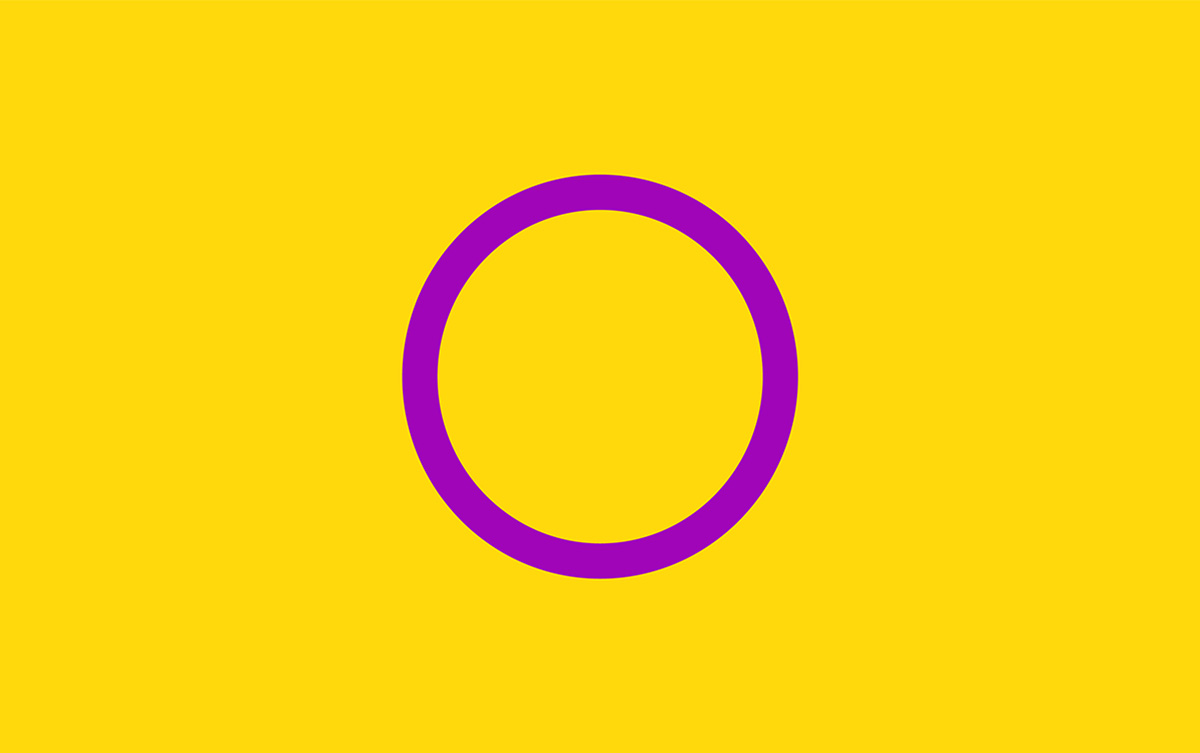
I live with the consequences of what America is willing to condone in the name of “protecting children.”
When I was young, doctors and adults made irreversible decisions about my body without my informed consent. They weren’t responding to an emergency. They were responding to discomfort with innate physical differences and the social and medical pressure to make a child’s body conform to a rigid female-male binary. That’s the part people like to skip over when they talk about “child welfare”: the harm didn’t begin with my identity. It started with adults deciding my healthy body needed fixing.
That’s why the hypocrisy unfolding right now from statehouses to Capitol Hill feels so familiar, and so dangerous.
While harmful medical practices on intersex children, the nearly 2 percent born with differences in one or more of their physical sex characteristics, have been ongoing in the U.S. for decades, until recently, there was no law specifically condoning it.
This month, House Republicans passed one of the most extreme anti-trans bills in modern American history, advancing legislation that would criminalize gender-affirming medical care for transgender youth and threaten doctors with severe penalties for providing evidence-based treatment. The bill is framed as a measure to “protect children,” but in reality, it weaponizes the criminal legal system against families and providers who are trying to support young people in surviving adolescence.
At the same time, the administration has proposed hospital and insurance policies designed to choke off access to affirming care for trans youth nationwide by making providers fear loss of federal funding, regulatory retaliation, or prosecution. This is a familiar strategy: don’t just ban care outright; instead, make it so risky that hospitals stop providing it altogether. The result is the same everywhere. Young people lose access to care that major medical associations agree can be lifesaving.
All of this is happening under the banner of preventing “irreversible harm.”
But if America were genuinely concerned about irreversible harm to minors, the first thing lawmakers would address is the medically unnecessary, nonconsensual surgeries still performed on intersex infants and young children, procedures that permanently alter healthy tissue, often without urgent medical need, and long before a child can meaningfully participate in the decision. Human rights organizations have documented for years how these interventions are justified not by medical necessity, but by social pressure to make bodies appear more typically “female” or “male.”
Here is the uncomfortable truth: all of the state laws now banning gender-affirming care for transgender youth explicitly include exceptions that allow nonconsensual and harmful intersex surgeries to continue.
A recent JAMA Health Forum analysis found that 28 states have enacted bans on gender-affirming care for minors that carve out intersex exceptions, preserving doctors’ ability to perform irreversible “normalizing” procedures on intersex children even while prohibiting affirming care for trans adolescents.
This contradiction is not accidental. It reveals the real priority behind these laws.
If the goal were truly to protect children from irreversible medical interventions, intersex kids would be protected first. Instead, these policies target one group of children, transgender youth, while continuing to permit permanent interventions on another group whose bodies challenge the same rigid sex and gender binary that lawmakers are trying to enforce.
Intersex people are routinely erased from American policy debates, except when our bodies are invoked to justify harmful laws, warning that intersex children are being used as legal loopholes rather than protected as human beings. This “protect the children” rhetoric is routinely deployed to justify state control over bodies, while preserving medical practices that stripped intersex children like me of autonomy, good health, and choice. Those harms are not theoretical. They are lifelong.
What makes this moment even more jarring is that the federal government had finally begun to recognize intersex people and attempt to address the harms suffered.
In 2024, at the very end of his term, the Biden administration released the first-ever intersex health equity report — a landmark admission that intersex people have been harmed by the U.S. health care system. Issued by the Department of Health and Human Services, the report documents medically unnecessary interventions, lack of informed consent, and systemic erasure and recommends delaying irreversible procedures until individuals can meaningfully participate in decisions about their own bodies.
This should have been a turning point. Instead, America is moving in the opposite direction.
On day one, President Trump issued an executive order defining “sex” in a way attempting to delegitimize the existence of transgender Americans that also erased the existence of many intersex people.
When medicine is used to erase difference, it is called protection, while care that supports self-understanding is treated as a threat. This is not about medicine. It is about control.
You cannot claim to oppose irreversible harm to children while legally permitting surgeries that intersex adults and human rights experts have condemned for decades. You cannot claim to respect bodily autonomy while denying it selectively, based on whose bodies make lawmakers uncomfortable.
Protecting children means protecting all children, transgender, intersex, and cisgender alike. It means delaying irreversible interventions when they are not medically necessary. It means trusting and supporting young people and families over politicians chasing culture-war victories.
America can continue down the path of criminalizing care for some children while sanctioning harm to others, or it can finally listen to the people who have lived the consequences.
Intersex children deserve laws that protect their bodies, not politics that hurt and erase them.
Kimberly Zieselman is a human rights advocate and the author of “XOXY: A Memoir”. The author is a co-author of the JAMA Health Forum article cited, which examined state laws restricting gender-affirming care.
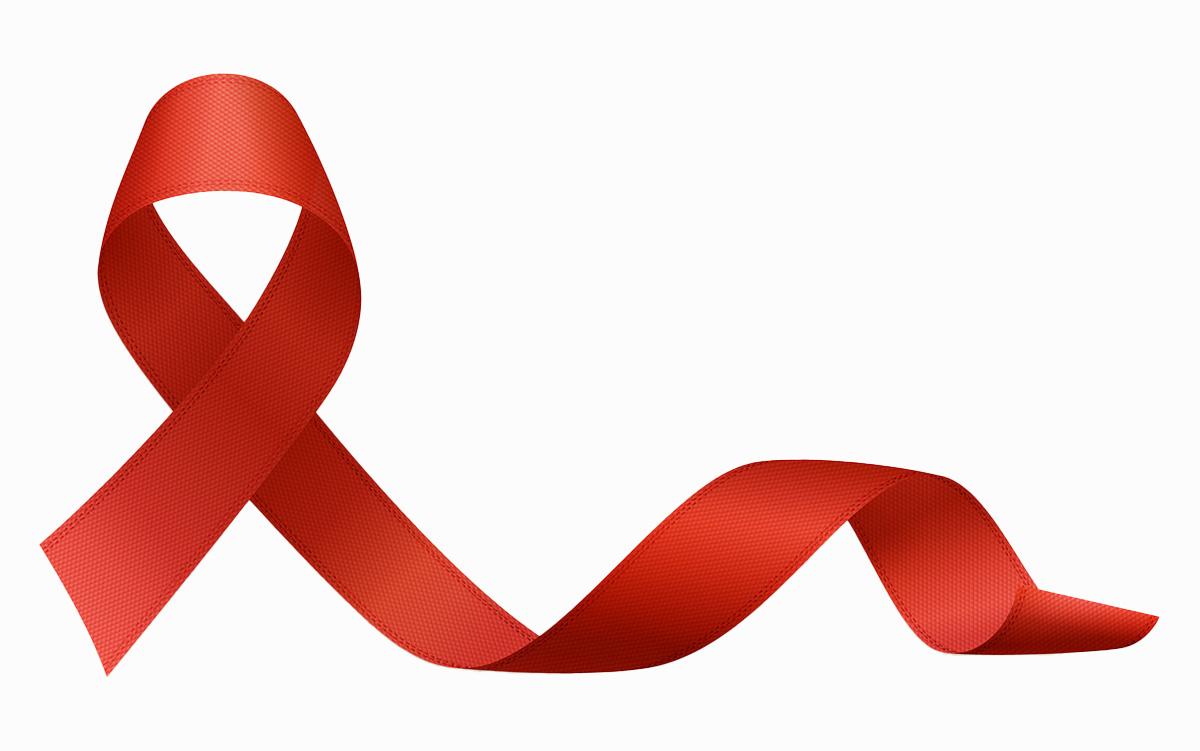
Today, on World AIDS Day, we honor the resilience, courage, and dignity of people living with HIV everywhere especially refugees, asylum seekers, and queer displaced communities across East Africa and the world.
For many, living with HIV is not just a health journey it is a journey of navigating stigma, borders, laws, discrimination, and survival.
Yet even in the face of displacement, uncertainty, and exclusion, queer people living with HIV continue to rise, thrive, advocate, and build community against all odds.
To every displaced person living with HIV:
• Your strength inspires us.
• Your story matters.
• You are worthy of safety, compassion, and the full right to health.
• You deserve a world where borders do not determine access to treatment, where identity does not determine dignity, and where your existence is celebrated not criminalized.
Let today be a reminder that:
• HIV is not a crime.
• Queer identity is not a crime.
• Seeking safety is not a crime.
• Stigma has no place in our communities.
• Access to treatment, care, and protection is a human right.
As we reflect, we must recommit ourselves to building systems that protect not punish displaced queer people living with HIV. We must amplify their voices, invest in inclusive healthcare, and fight the inequalities that fuel vulnerability.
Hope is stronger when we build it together.
Let’s continue to uplift, empower, and walk alongside those whose journeys are too often unheard.
Today we remember.
Today we stand together.
Today we renew hope.
Abraham Junior lives in the Gorom Refugee Settlement in South Sudan.
Commentary
Perfection is a lie and vulnerability is the new strength
Rebuilding life and business after profound struggles
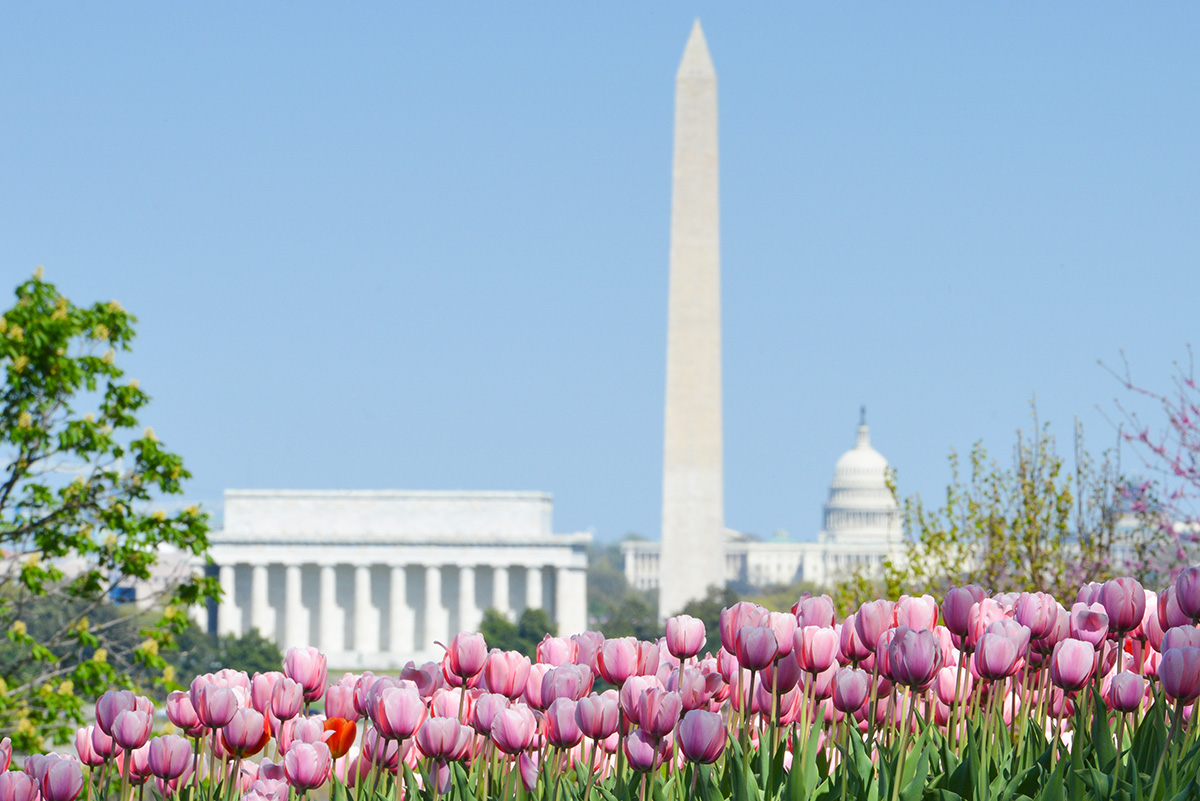
I grew up an overweight, gay Black boy in West Baltimore, so I know what it feels like not to fit into a world that was not really made for you. When I was 18, my mother passed from congestive heart failure, and fitness became a sanctuary for my mental health rather than just a place to build my body. That is the line I open most speeches with when people ask who I am and why I started SWEAT DC.
The truth is that little boy never really left me.
Even now, at 42 years old, standing 6 feet 3 inches and 225 pounds as a fitness business owner, I still carry the fears, judgments, and insecurities of that broken kid. Many of us do. We grow into new seasons of life, but the messages we absorbed when we were young linger and shape the stories we tell ourselves. My lack of confidence growing up pushed me to chase perfection as I aged. So, of course, I ended up in Washington, D.C., which I lovingly call the most perfection obsessed city in the world.
Chances are that if you are reading this, you feel some of that too.
D.C. is a place where your resume walks through the door before you do, where degrees, salaries, and the perfect body feel like unspoken expectations. In the age of social media, the pressure is even louder. We are all scrolling through each other’s highlight reels, comparing our behind the scenes to someone else’s curated moment. And I am not above it. I have posted the perfect photo with the inspirational “God did it again” caption when I am feeling great and then gone completely quiet when life feels heavy. I am guilty of loving being the strong friend while hating to admit that sometimes I am the friend who needs support.
We are all caught in a system that teaches us perfection or nothing at all. But what I know for sure now is this: Perfection is a lie and vulnerability is the new strength.
When I first stepped into leadership, trying to be the perfect CEO, I found Brené Brown’s book, “Daring Greatly” and immediately grabbed onto the idea that vulnerability is strength. I wanted to create a community at SWEAT where people felt safe enough to be real. Staff, members, partners, everyone. “Welcome Home” became our motto for a reason. Our mission is to create a world where everyone feels confident in their skin.
But in my effort to build that world for others, I forgot to build it for myself.
Since launching SWEAT as a pop up fundraiser in 2015, opening our first brick and mortar in 2017, surviving COVID, reemerging and scaling, and now preparing to open our fifth location in Shaw in February 2026, life has been full. Along the way, I went from having a tight trainer six pack to gaining nearly 50 pounds as a stressed out entrepreneur. I lost my father. I underwent hip replacement surgery. I left a relationship that looked fine on paper but was not right. I took on extra jobs to keep the business alive. I battled alcoholism. I faced depression and loneliness. There are more stories than I can fit in one piece.
But the hardest battle was the one in my head. I judged myself for not having the body I once had. I asked myself how I could lead a fitness company if I was not in perfect shape. I asked myself how I could be a gay man in this city and not look the way I used to.
Then came the healing.
A fraternity brother said to me on the phone, “G, you have to forgive yourself.” It stopped me in my tracks. I had never considered forgiving myself. I only knew how to push harder, chase more, and hide the cracks. When we hung up, I cried. That moment opened something in me. I realized I had not neglected my body. I had held my life and my business together the best way I knew how through unimaginable seasons.
I stopped shaming myself for not looking like my past. I started honoring the new ways I had proven I was strong.
So here is what I want to offer anyone who is in that dark space now. Give yourself the same grace you give everyone else. Love yourself through every phase, not just the shiny ones. Recognize growth even when growth simply means you are still here.
When I created SWEAT, I hoped to build a home where people felt worthy just as they are, mostly because I needed that home too. My mission now is to carry that message beyond our walls and into the city I love. To build a STRONGER DC.
Because strength is not perfection. Strength is learning to love an imperfect you.
With love and gratitude, Coach G.
Gerard Burley, also known as Coach G, is a D.C.-based fitness entrepreneur.
-

 Opinions5 days ago
Opinions5 days ago2026 elections will bring major changes to D.C. government
-

 Kazakhstan5 days ago
Kazakhstan5 days agoKazakh Senate approves anti-LGBTQ propaganda bill
-

 District of Columbia4 days ago
District of Columbia4 days agoNew queer bar Rush beset by troubles; liquor license suspended
-

 Letter-to-the-Editor5 days ago
Letter-to-the-Editor5 days agoCandidates should pledge to nominate LGBTQ judge to Supreme Court

